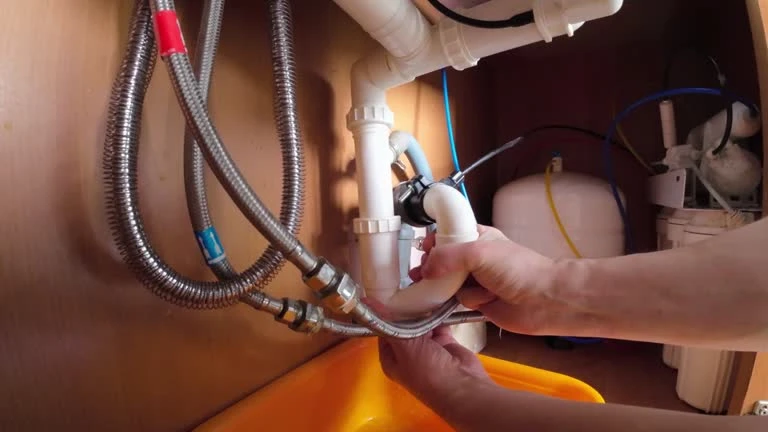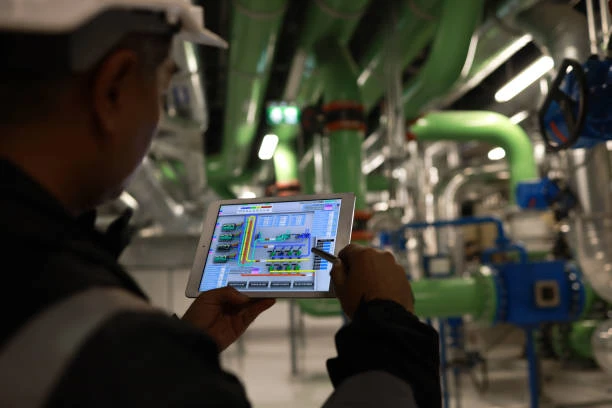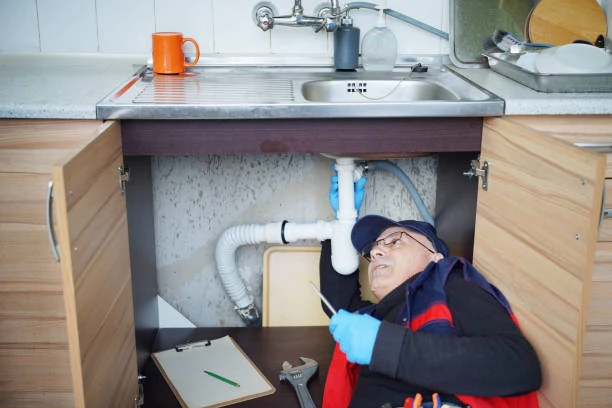1. Introduction to CPVC and PE Piping
CPVC and PE are two popular materials in piping systems. CPVC, or chlorinated polyvinyl chloride, offers high chemical resistance and strength. On the other hand, PE, or polyethylene, is lightweight and flexible but less durable under extreme conditions. CPVC versus PE comparisons show clear differences in performance, especially in industrial applications. For example, CPVC withstands higher temperatures, making it ideal for chemical plants, while PE suits less demanding systems like residential water supply.
2. Chemical Resistance in Harsh Environments
Chemical resistance is a major factor when choosing between CPVC and PE. CPVC resists acids, alkalis, and organic solvents, making it ideal for transporting industrial chemicals. PE pipes, while resistant to some chemicals, can degrade in aggressive environments. For instance, CPVC handles concentrated hydrochloric acid effectively, while PE may show signs of wear. Industries requiring durability often select CPVC. Comparing CPVC versus PE, CPVC consistently outperforms in chemical resistance.
3. Durability and Longevity in Piping Systems
CPVC pipes provide exceptional durability and a long service life. They remain unaffected by high pressures and temperatures, reducing the risk of cracks or leaks. PE pipes, though durable in normal conditions, can weaken under high temperatures or UV exposure. For example, CPVC pipelines in power plants maintain structural integrity for decades. CPVC versus PE comparisons highlight CPVC’s superior lifespan in demanding environments, ensuring reliability over time.
4. Temperature and Pressure Tolerance
CPVC pipes withstand high temperatures and pressures better than PE pipes. CPVC operates reliably at temperatures up to 93°C, while PE softens above 60°C. This makes CPVC the preferred material for hot water systems and industrial fluid transport. For instance, CPVC performs well in heating systems, while PE pipes may deform. Comparing CPVC versus PE, CPVC’s ability to handle extreme conditions proves more suitable for challenging applications.
5. Installation and Maintenance Costs
CPVC pipes are easy to install, requiring simple tools and solvent welding. PE pipes, though lightweight, often need specialized equipment for joining, increasing labor costs. Maintenance is minimal for CPVC due to its resistance to scaling and corrosion. For example, in water treatment plants, CPVC pipes require less frequent inspections. Comparing CPVC versus PE, CPVC saves time and money during installation and throughout its service life.
6. Environmental Impact and Sustainability
Sustainability is becoming a key consideration in material selection. CPVC pipes, with their long lifespan, reduce material waste and carbon footprints. PE pipes are recyclable but often require frequent replacements in harsh conditions, increasing waste over time. For instance,minimizing resource consumption. CPVC versus PE comparisons show that CPVC supports long-term sustainability goals better than PE in industrial contexts.
7. Safety and Fire Resistance
CPVC pipes offer better fire resistance compared to PE pipes. CPVC has a high ignition temperature and self-extinguishes when the flame source is removed. PE pipes, being thermoplastic, burn easily and release toxic fumes. For instance, CPVC pipes in chemical storage facilities enhance fire safety. Comparing CPVC versus PE, CPVC is the safer choice for environments where fire hazards exist, ensuring compliance with safety regulations.
8. Cost-Effectiveness Over Time
While CPVC pipes may have a higher initial cost, their durability and low maintenance requirements make them more cost-effective in the long run. PE pipes, though cheaper upfront, require frequent repairs and replacements. For example, in industrial settings, CPVC pipes save money by reducing downtime and repair costs. Comparing CPVC versus PE, CPVC offers better value for money over the entire lifecycle, making it the smarter investment.
IFAN Products international standards
IFAN products strictly adhere to a comprehensive range of international standards, encompassing ISO 15874, EN 15874, ASTM F2389, DIN 8077/8078, GB/T 18742, NBR 15884, ISO 15494, EN ISO 15494, GB/T 19472, NBR 15494, ASTM 2846 (501), DIN 8079/8080 (502), ASTM F441/F441M SCH80 (503), DIN (504), DIN (505), GB/T 18993, AS/NZS 1477, CSA B137.6, NSF/ANSI 14, TIS 17-2532/1131-2535, BS 3505, BS 4346 (801), ASTM D1785 SCH40 (802), ASTM D1785 SCH80 (803), DIN (804), GB (805), GB (806), GB(901), DWV(902), ASTM D2665 (903), along with ASTM D2241, D2665, D2729, and F441/F441M series, ISO 1452, EN ISO 1452, DIN 8061/8062, GB/T 10002, AS/NZS 1477, JIS K6741, CSA B137.3, and other national and industry norms.
Connect
IFAN is a Chinese manufacturer of plastic pipes, fittings and valves with 30 years of experience. If you are interest in IFAN copper fittings, copper valves, plastic pipes and fittings, please contact us. IFAN offers you a variety of standard pipes to meet your specific needs. Click below to learn more about IFAN’s wide range of affordable and cost-effective valve products and piping system related products.
We will reply your email or fax within 24 hours.
You can call us at any time if there is any question on our production.
For more information,pls visit our webside https://waterpipefitting.com/
Pls Mailto: [email protected]
Whatsapp: + 86 19857948982














Recent Comments